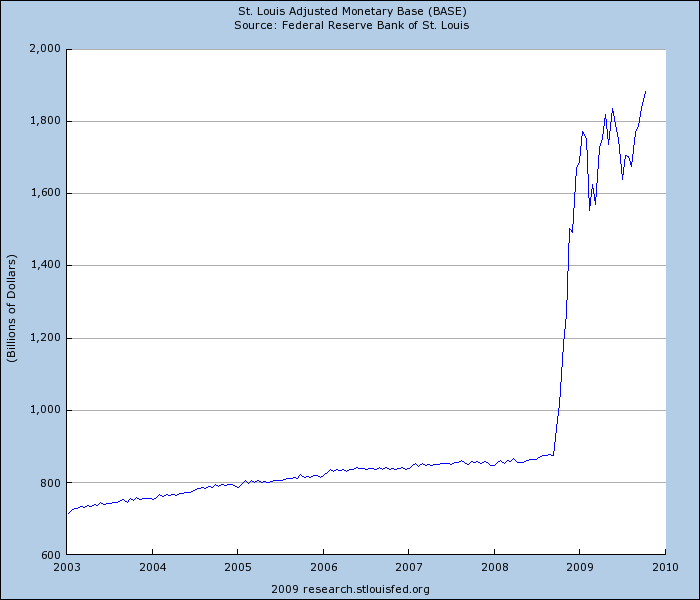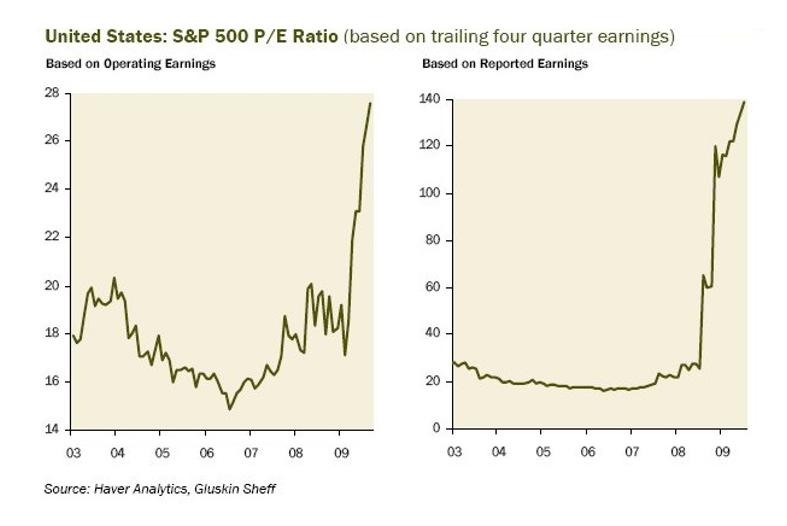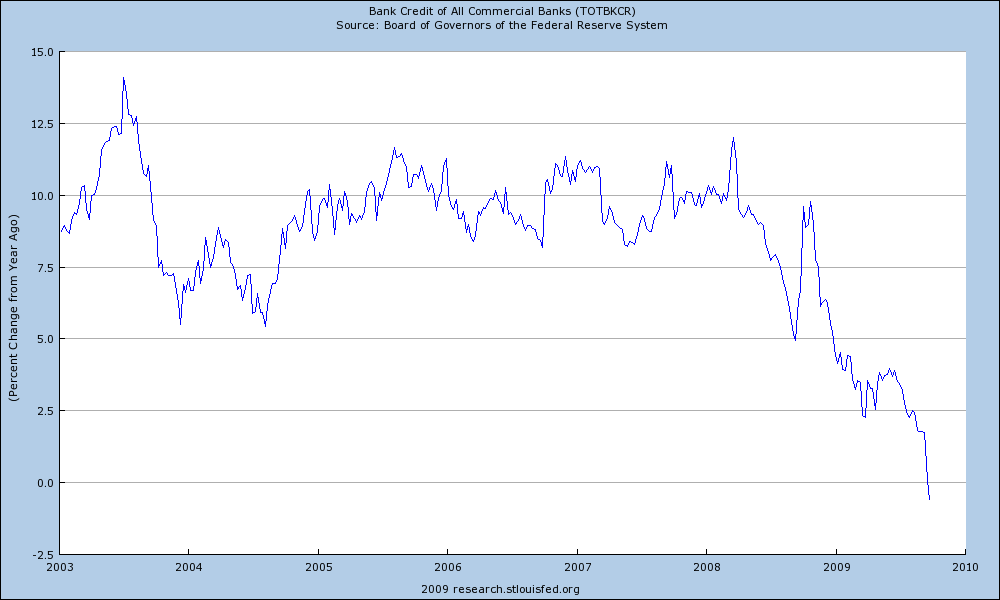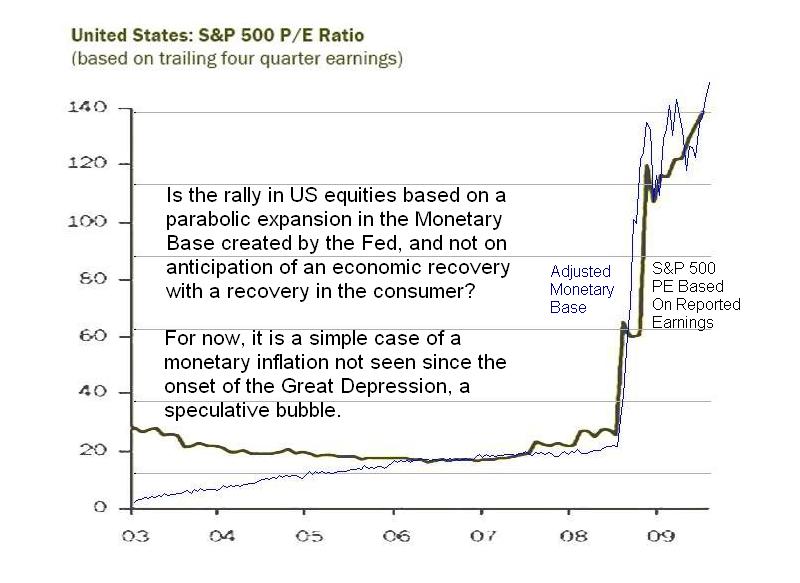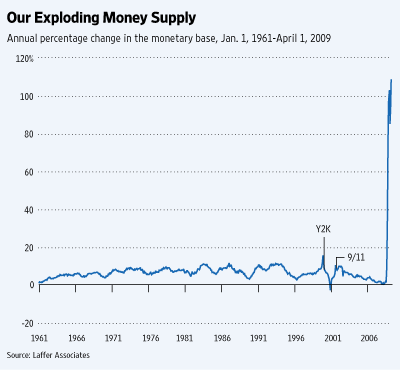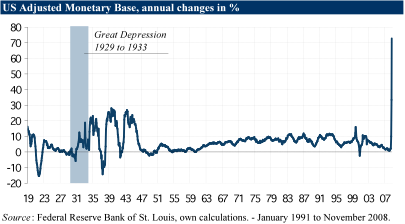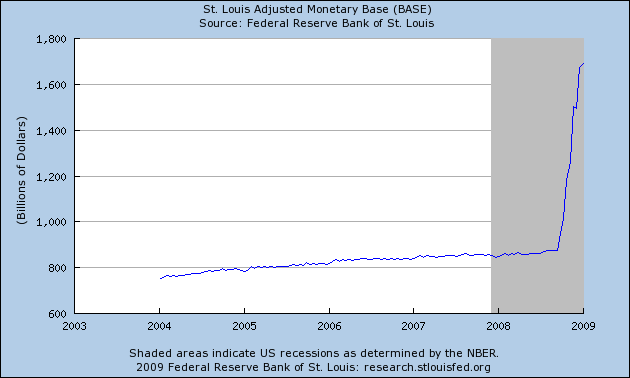– Finance For Adult Dummies (ZeroHedge, Feb. 10, 2012):
For the last thirty years economic policy makers have been in the business of promoting asset prices higher through easy credit. Global policy makers are meddling in markets so that the economies they feel responsible for can achieve what seems to be a consensus objective of muddling through. A policy of meddling to muddle, if you will. QBAMCO’s critical ‘inflation’ insights, and Tourette’s-ridden ranting, reflect the simple realities of what real-world consequences occur when policy makers succumb to the perceived political imperatives of perverting economic data. In this combined note, Brodsky and Quaintance scrub away at the misconceptions related to inflation, raise doubts as to the incentives of central banks to share the true loss of their currencies’ purchasing power with the public, and extend this to try and get a truer sense of money, inflation, and real value today – all of which seem grossly misunderstood, despite our best efforts, in the marketplace. Simply put, they point out that, “It should not be considered acceptable to be in a profession – as a political economist, policy maker or investor – in which self-delusion has become a necessary requirement for success and perpetuating that delusion is harmful to the broad economy over time. Yes, but the “public good” you say? Ah, but for how long?”
Excerpt:
Given: 1) the exorbitant leverage currently in the global banking system, 2) current negative real output growth in developed economies, 3) current negative real interest rates, 4) uniformly poor monetary, fiscal and demographic conditions across most developed economies, and 5) already wary populations beginning to get restless; we have difficulty imagining that global banks, labor, savers, politicians and investors will be able to endure current conditions much longer before demanding the financial reset button be pressed to complete bank de-levering.
We provide the graph below merely to make it easier to conceptualize the nature of such a de-levering, as we see it. (This is not necessarily a prediction of timing or magnitude.) The takeaway is that base money (in the form of physical currency in circulation) and bank deposits will have to rise at a much steeper rate than bank assets until the banking system is more fully reserved. (At some point we think bank animal spirits will once again take over and we will have a new leveraging cycle.)

